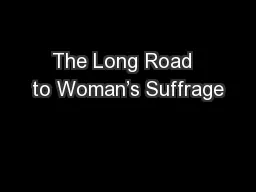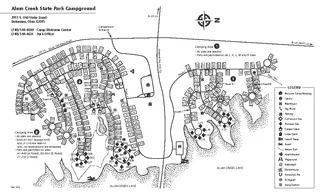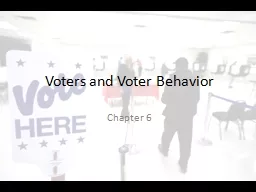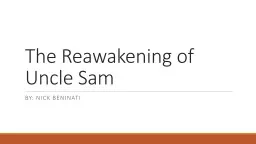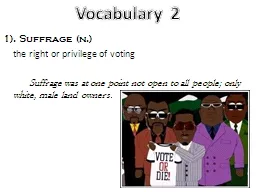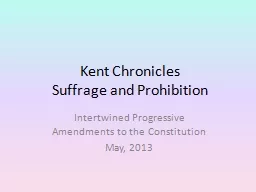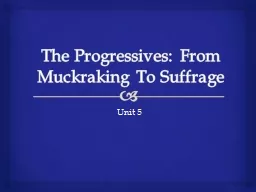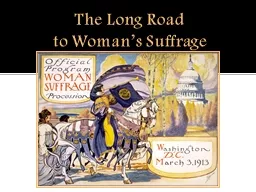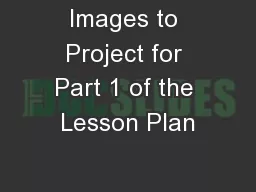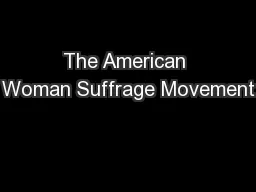PPT-The Long Road to Woman’s Suffrage
Author : danika-pritchard | Published Date : 2018-10-12
The 1848 Seneca Falls Convention Organized by Elizabeth Cady Stanton Approximately 300 people attend 23 are women and most are abolitionists Resulted in the
Presentation Embed Code
Download Presentation
Download Presentation The PPT/PDF document "The Long Road to Woman’s Suffrage" is the property of its rightful owner. Permission is granted to download and print the materials on this website for personal, non-commercial use only, and to display it on your personal computer provided you do not modify the materials and that you retain all copyright notices contained in the materials. By downloading content from our website, you accept the terms of this agreement.
The Long Road to Woman’s Suffrage: Transcript
Download Rules Of Document
"The Long Road to Woman’s Suffrage"The content belongs to its owner. You may download and print it for personal use, without modification, and keep all copyright notices. By downloading, you agree to these terms.
Related Documents

